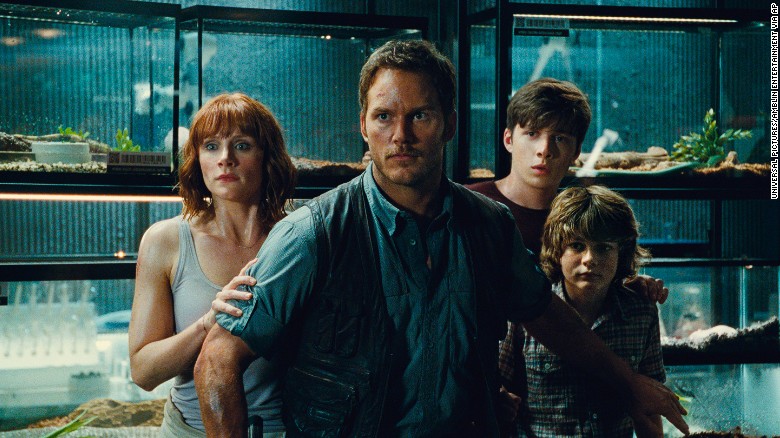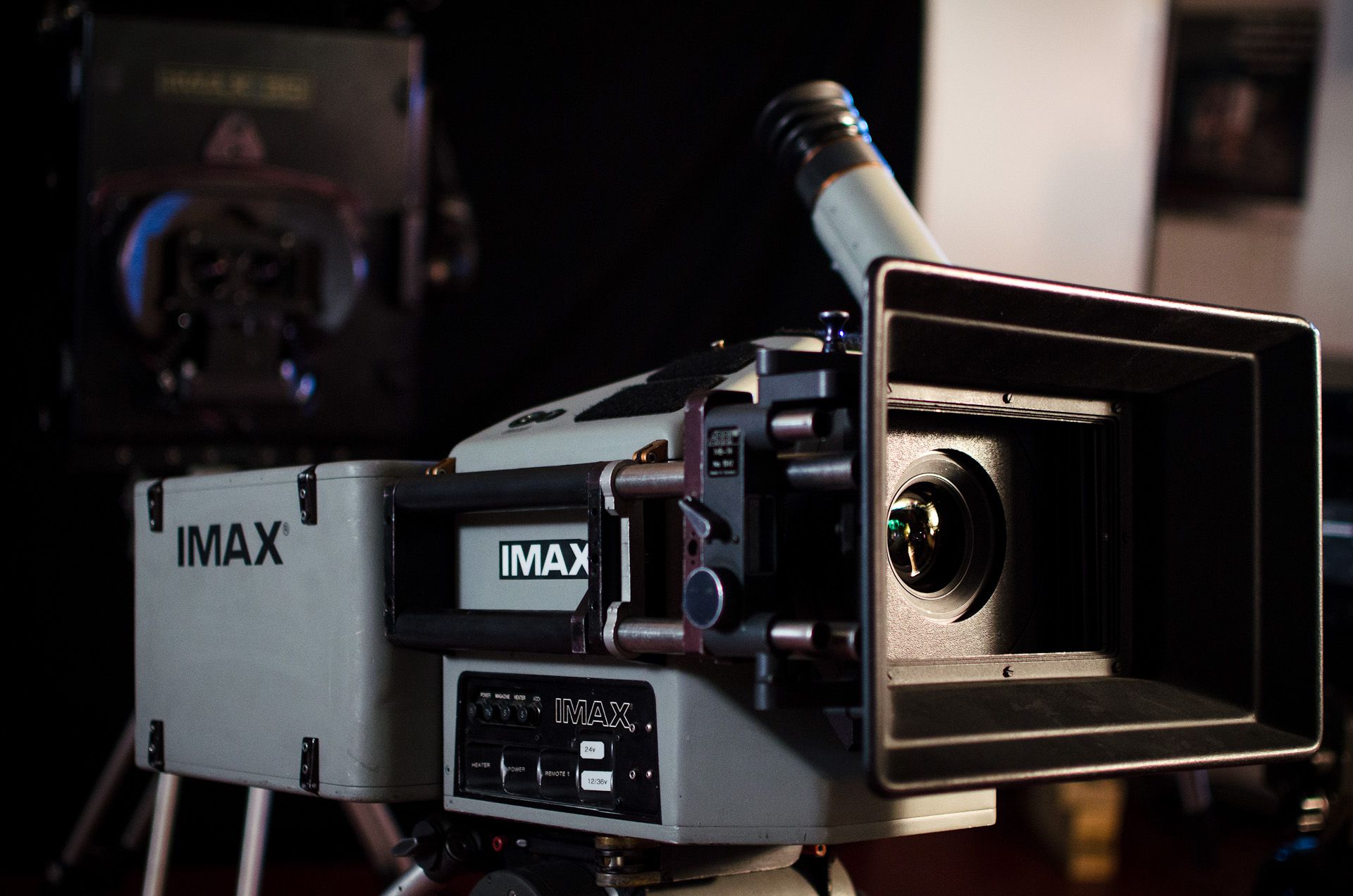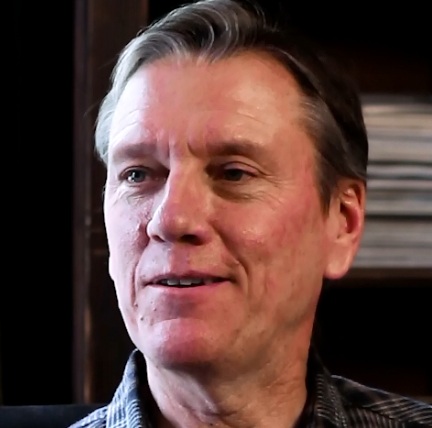Film production is the process of making a film.
The stages of film production:
Development - This is simply the process of 'finding' a story. Ideas for films come from a variety of sources, they can range from novels, real life events to computer game adaptations. Once you've got an idea you'll need someone to write a pitch for you which you take to a film producer in an attempt to get some funding to make your film. Even at this very early stage you need a very clear idea of who you're aiming you film at so you can include elements that will appeal to them.
Pre-production - Once you've got funding you establish your budget and can begin to get a film crew together, you can storyboard the script. You also need break the script down into individual scenes and identify all the locations, props, cast members, costumes, special effects and visual effects needed.
Production - This is simply the process of 'making' the film. Provided you've done your job properly in the pre-production stage making the film should be straight forward. 'Film' is very expensive and difficult to store so an increasing number of film makers are using digital cameras to save money.
Post-production - During this stage you take all the 'film' you've shot and give it to a film editor. They will then begin putting it together. Special effects will be added, a soundtrack will be added, any missing dialogue will be re-recorded and added resulting in a 'rough cut'. This will be shown to the director and a test audience who will offer feedback. Often this causes scenes to be filmed and added or removed.
The stages of film production:
Development - This is simply the process of 'finding' a story. Ideas for films come from a variety of sources, they can range from novels, real life events to computer game adaptations. Once you've got an idea you'll need someone to write a pitch for you which you take to a film producer in an attempt to get some funding to make your film. Even at this very early stage you need a very clear idea of who you're aiming you film at so you can include elements that will appeal to them.
Pre-production - Once you've got funding you establish your budget and can begin to get a film crew together, you can storyboard the script. You also need break the script down into individual scenes and identify all the locations, props, cast members, costumes, special effects and visual effects needed.
Production - This is simply the process of 'making' the film. Provided you've done your job properly in the pre-production stage making the film should be straight forward. 'Film' is very expensive and difficult to store so an increasing number of film makers are using digital cameras to save money.
Post-production - During this stage you take all the 'film' you've shot and give it to a film editor. They will then begin putting it together. Special effects will be added, a soundtrack will be added, any missing dialogue will be re-recorded and added resulting in a 'rough cut'. This will be shown to the director and a test audience who will offer feedback. Often this causes scenes to be filmed and added or removed.
Key roles:
- Writer: A screenwriter creates screenplays for films. They provide the blueprint for the creative input of the Producer, Director, Production Designer, Composer and Editor, cast and crew. A screenplay should allow whoever is reading it to be able to visualize how the film would work on the screen. It should include interesting characters, an exciting plot and it should fit in with basic principles of dramatic construction, and fit the format and style expected in the industry. Writers have to produce highly creative writing to meet strict deadlines. Producers might bring in another screenwriter to develop and improve certain aspects of the screenplay. In this situation, Screenwriter may share a credit with the original Screenwriter. Screenwriters pitch original ideas to Producers in the hope that they will be optioned or sold. An example of screenwriters would be Rick Jaffa, Amanda Silver, Derek Connolly and Colin Trevorrow. They were the screenwriters for Jurassic World.
 Rick Jaffa and Amanda Silver
Rick Jaffa and Amanda Silver
- Producer: Producers have overall control on every aspect of a film's production. They bring together and approve the whole production team. Their main responsibility is to make the cast and crews talents flourish. The producer is often the first person to get involved in a project. The responsibilities of the Producer span all four phases of production. In pre-production, they bring together the key members of the creative team. Producers also approve locations, studio hire, the final shooting script, production schedule and budget. Once a film is in production, the producer is in charge of the smooth operation of the team. During post production, Producers are expected to liaise with the Director and post production department. The producers of Jurassic World are Frank Marshall and Patrick Crowley.
- Casting Director: In pre-production, Casting Directors work with both the Director and Producer to assemble the perfect cast for the film. This means that they must have an up-to-date knowledge of new and existing acting talent. They are responsible for matching the ideal actor to each role. They have to think about a number of factors, such as the actor's experience, ability, reputation, availability and box office appeal. Casting Directors organise and conduct interviews for each part. As well as offering each individual actor a certain amount of money to be in the film. Casting Directors would need a vast knowledge of actors and their abilities to be able to cast the appropriate and best actor for a certain part. An example of a Casting Director would be John Papsidera who cast Jurassic World.

Cast of Jurassic World
- Director: Directors are responsible for translating the film's written script into actual images and sounds on the screen. Directors may write the film's script or commission it to be written. They have to develop a vision of the finished film and work out how to achieve that vision. During pre-production directors make important decisions when choosing the cast, crew and locations. Then they direct rehearsals and performances when the film is in production. They may also manage or help with technical aspects such as the camera, light and sound. During post production, Directors work closely with Editors through the many technical processes of editing. Throughout the whole film making process, the Directors job is also to keep the team motivated to produce the best results. They are ultimately responsible for a film's artistic and commercial success or failure. Colin Trevorrow was the Director of Jurassic World.
 Colin Trevorrow
Colin Trevorrow
- Film Finance: A Financial Controller has a challenging as they are responsible for controlling the accounting, taxation and financial analysis for all of the work a company does, including development, production and distribution. Financial Controllers normally help Producers and Executive Producers to prepare budgets and raise finance. They may undertake some or all of the Production Accountant's activities. This can include tasks such as controlling cash flow so that payments are made on time. Thomas Bianco is an example of a Finance Controller who was the Finance Controller for Jurassic World.
- Camera Operator: Camera Operators carry out the Director of Photography’s (DoP) and Director’s instructions for shot composition and development. They normally start at the end of pre-production and work closely with the Director of Photography and the Director. They are responsible for the First Assistant Camera, Second Assistant Camera and the Camera Trainee. Once the Director and DoP have rehearsed and blocked the shots, the Camera Operator and DoP decide where to position the camera and what lenses and supporting equipment to use. During the filming, the Camera Operator is in charge of all aspects of the camera operation. Camera Operators make sure the camera and equipment are prepared for the required set-ups and ready for any last-minute changes. Camera Operators also work closely with the cast, guiding them on what can and cannot be seen by the camera. For Jurassic World the camera Operator was Grant Babbitt.
IMAX camera
Kevin Stitt
- Production Designer: Production Designers are heads of department on film crews, and are responsible for the entire art department. The help the Director to achieve the look and feel of the film that they are aiming for. Production Designers begin work at the very early stages of pre-production. They could be asked to look at scripts to provide spending estimates. After preparing a breakdown of the script they meet with the Director to discuss how best to shoot the film and work out whether to use sets and/or locations. They discuss what should be built and what should be adapted. They talk about whether CGI should be used. Production Designers must work out the budgets and decide how the money will be spent. Production Designers deliver their design sketches to Art Directors who oversee the production of technical drawings and models. These are then used by the Construction Department to build the sets and adapt locations. When the start of shooting approaches, Production Designers have to manage many people. The Production Designers for Jurassic World was Ed Verreaux.
Jurassic World set
- Marketing: The Marketing and Publicity Managers' main responsibility is to convince the public that this is a 'must-see' movie. Once Distributors have identified the target audiences, the marketing campaign should reach target audiences before and during film releases. After the release of the film, Marketing have to increase more interest with promotion. Marketing and Publicity Managers must be fully aware of the Distributors' needs and requirements. As every film is different, the marketing campaign must be unique to the film. Big budget films spend more money on marketing than small 'indie' films, as they have less to spend.
 Jurassic World marketing
Jurassic World marketing
- Exhibition: Programmers are responsible for choosing the right films for the right target audience. Programmers must view everything they select for exhibition. Once they have selected a film, programmers may be responsible for organising deals with Distributors, and ensuring that all the necessary paperwork is completed. They should also be aware of any technical issues concerning the film print, and ensure that this information is passed on to Projectionists. Programmers have to work to budgets. Depending on the size of the venue, the Programmer may also be responsible for marketing and promoting the films. This involves organising promotional events.
Film exhibition example






No comments:
Post a Comment